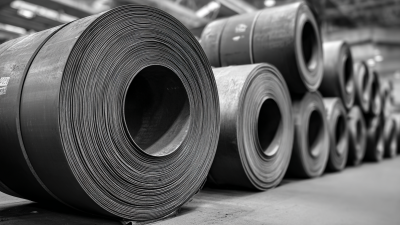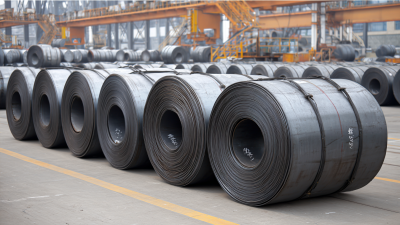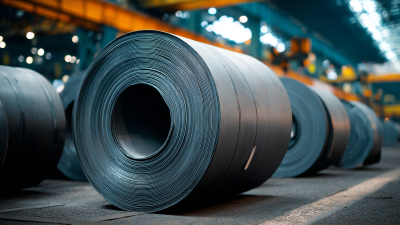In the realm of industrial manufacturing, the selection of the right Carbon Steel Coil is pivotal for achieving optimal performance and compliance with industry standards. According to the World Steel Association, carbon steel represents approximately 90% of global steel production, underscoring its significance in various applications, from construction to automotive industries. Different grades and types of carbon steel coils are tailored to meet specific requirements, influencing factors such as tensile strength, corrosion resistance, and formability. The American Iron and Steel Institute (AISI) provides guidelines and standards that detail the specifications needed for different industrial uses, enabling manufacturers to make informed decisions that align with both operational efficiency and regulatory compliance. As applications evolve, understanding the criteria for selecting the appropriate Carbon Steel Coil becomes increasingly essential for enterprises aiming to optimize their material usage and overall productivity.
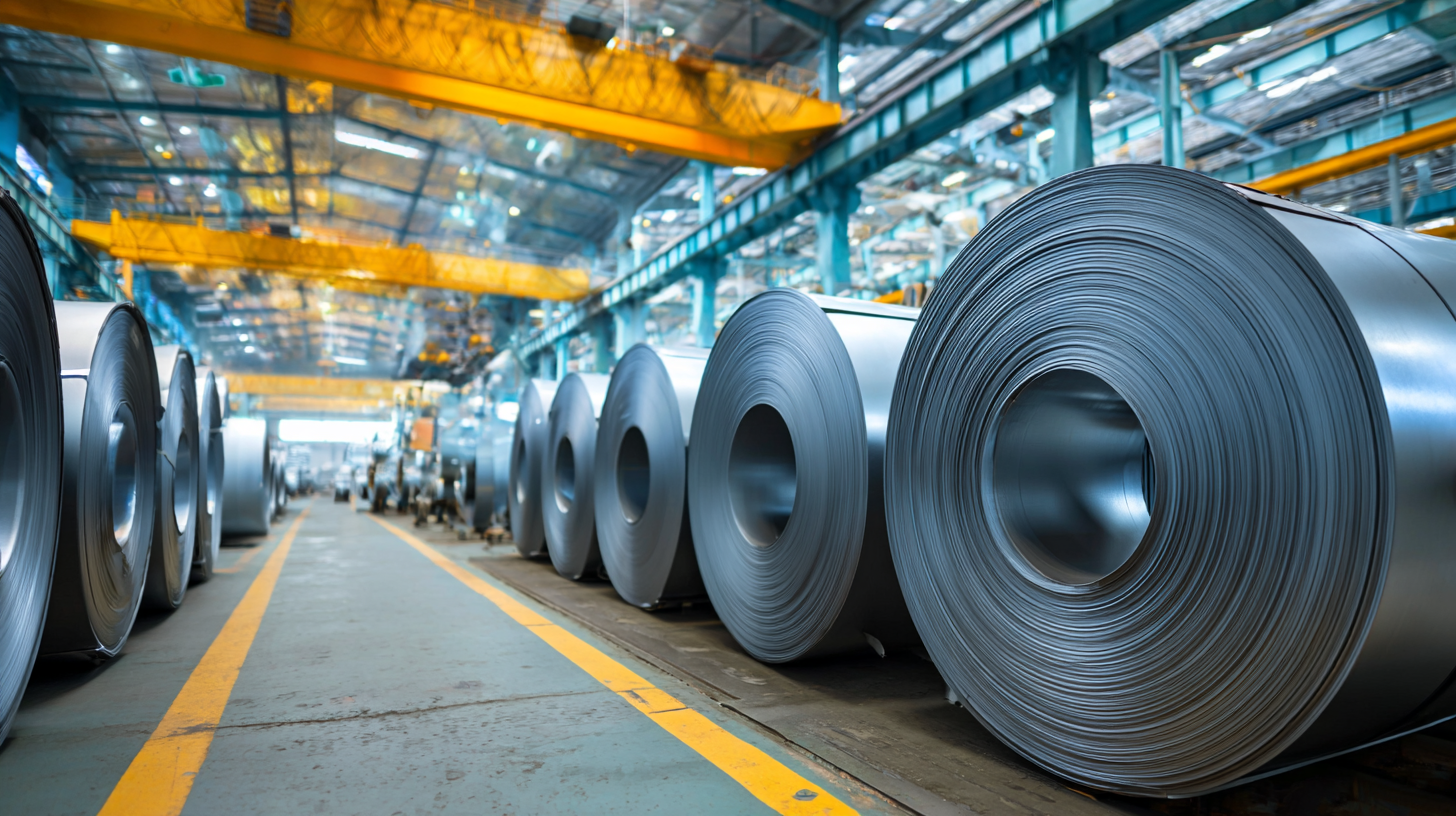
When selecting the right carbon steel coil for industrial applications, understanding the different types available is crucial. Carbon steel coils are categorized into three main grades: low, medium, and high carbon steel.
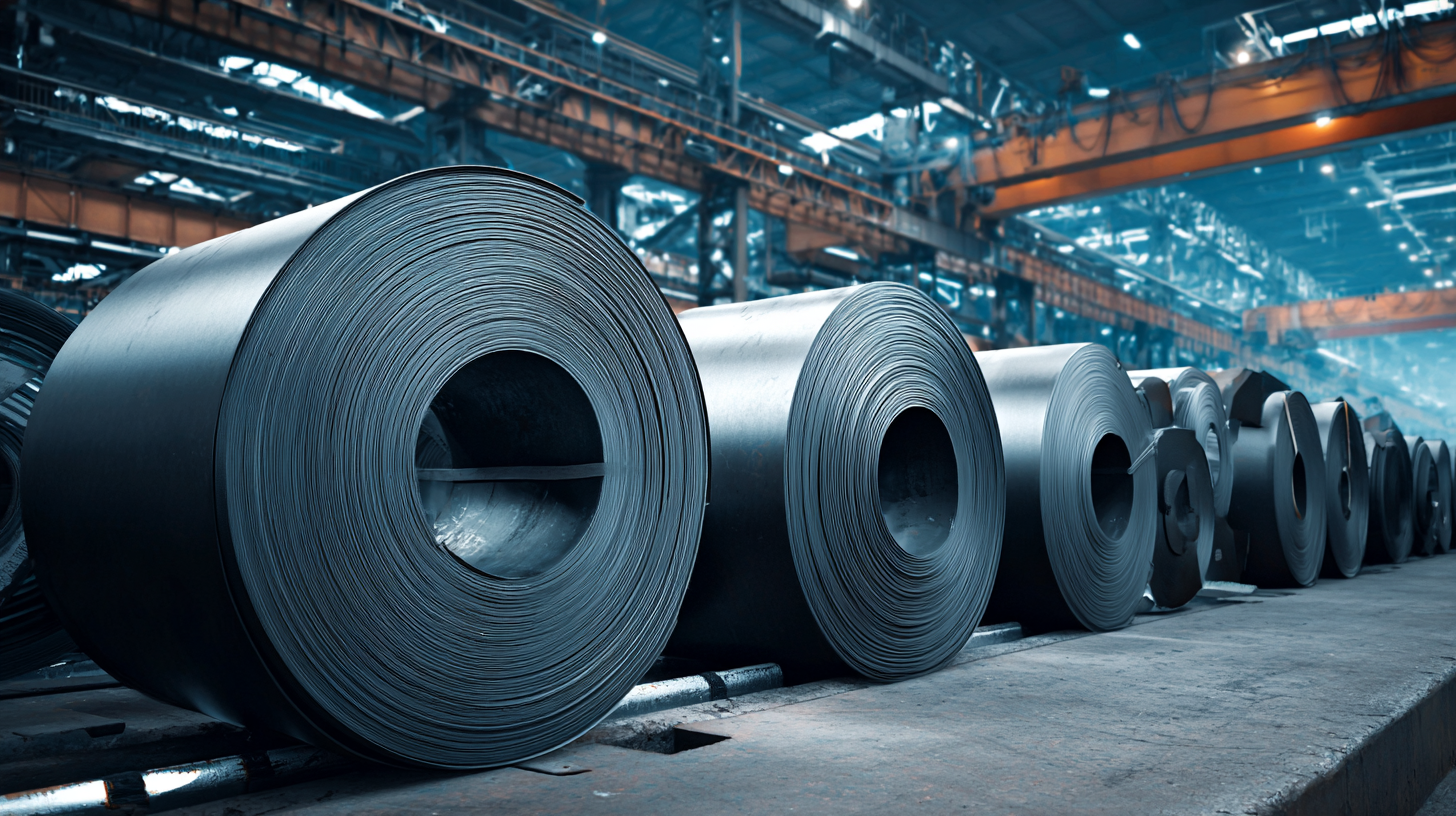
Low carbon steel, typically containing 0.05% to 0.25% carbon, is known for its excellent ductility and weldability, making it ideal for applications such as car body panels and construction materials. According to a report by the American Iron and Steel Institute, low carbon steel accounts for over 60% of the total steel production in the U.S., showcasing its widespread use in various industries.
Medium carbon steel, with a carbon content ranging from 0.25% to 0.60%, offers a balance between strength and ductility, suitable for applications like automotive components and machinery. Data from the International Journal of Industrial Engineering and Management indicate that the global market for medium carbon steel products is projected to grow by 5% annually, driven by advancements in manufacturing processes.
High carbon steel, containing over 0.60% carbon, is more rigid and holds better wear resistance, making it ideal for products like cutting tools and springs. Understanding these distinctions is essential for industries looking to optimize their materials to meet specific performance standards in various applications.
When selecting carbon steel coils for industrial applications, understanding key industry standards is crucial to ensure quality and compliance. One essential standard to consider is ASTM A1008, which outlines the specifications for cold-rolled carbon steel sheet, emphasizing properties like thickness, surface quality, and yield strength. Another important guideline is the SAE J403 standard, which provides classifications for steel grades, aiding in selecting the appropriate coil based on the application's mechanical requirements.
Tips for selecting the right carbon steel coil include reviewing the specific application requirements such as load-bearing capacity and environmental conditions. Additionally, checking for certifications and compliance with industry standards can save time and prevent costly mistakes.
Always consult with material experts or suppliers who can provide insights into the latest standards and technologies, ensuring you make an informed decision for your project.
| Industry Standard | Description | Material Properties | Thickness Range (mm) | Applications |
|---|---|---|---|---|
| ASTM A1008 | Standard Specification for Steel Sheet, Cold-Rolled, Carbon, Structural, High-Strength Low-Alloy, and High-Strength | High tensile strength, good formability | 0.3 to 3.0 | Automotive components, appliances |
| ASTM A36 | Standard Specification for Carbon Structural Steel Skelton | Good weldability, moderate strength | 4.8 to 150.0 | Construction, bridges, buildings |
| JIS G3101 | General Specification for Rolled Steel for General Structural Purposes | High ductility, good weldability | 3.2 to 100.0 | General fabrication, shipbuilding |
| EN 10025 | European Standard for Hot Rolled Products of Structural Steels | Excellent machinability, good mechanical properties | 5.0 to 100.0 | Heavy construction, machinery |
When selecting the right carbon steel coil for industrial applications, evaluating the mechanical properties is crucial. Different applications require specific mechanical properties, such as tensile strength, ductility, and hardness. For instance, low carbon steels exhibit excellent ductility, making them suitable for forming processes, while high carbon steels provide superior hardness and wear resistance, ideal for tools and cutting applications. Understanding the composition and treatment of these steels can help in identifying the right type for your needs.
Tips for evaluation include conducting tensile tests to determine yield and ultimate tensile strengths, as well as hardness tests like Rockwell or Brinell, which help gauge wear resistance. Additionally, consider the environmental impact; exploring sustainable practices in sourcing and processing carbon steel can lead to better performance and lower environmental footprints. With advancements in technologies such as fiber-reinforced polymers, assessing new material combinations can also enhance the overall resilience and longevity of carbon steel products in various industrial sectors.
When selecting carbon steel coils for industrial applications, the choice of coating and surface treatment is crucial in enhancing performance and durability. According to the World Steel Association, approximately 60% of corrosion-related failures in steel structures can be mitigated through effective coatings. Common options include galvanized coatings, which protect against rust through a zinc layer, and polymer coatings that provide additional resistance to chemicals and abrasion. The American Iron and Steel Institute reports that galvanized steel can extend the life of the material by up to 50% in certain environments.
Another important consideration is the surface treatment techniques employed. Processes such as shot blasting and pickling not only enhance surface quality but also improve coating adhesion. A recent study published by the Steel Construction Institute highlights that properly treated carbon steel surfaces can achieve a 30% higher bond strength with coatings compared to unprocessed surfaces. Furthermore, advancements in eco-friendly surface treatments are becoming increasingly popular; utilizing methods like passivation and organic coatings that comply with environmental regulations while still ensuring effective corrosion resistance. Selecting the right treatment not only fulfills industry standards but also aligns with sustainability goals in modern industrial applications.
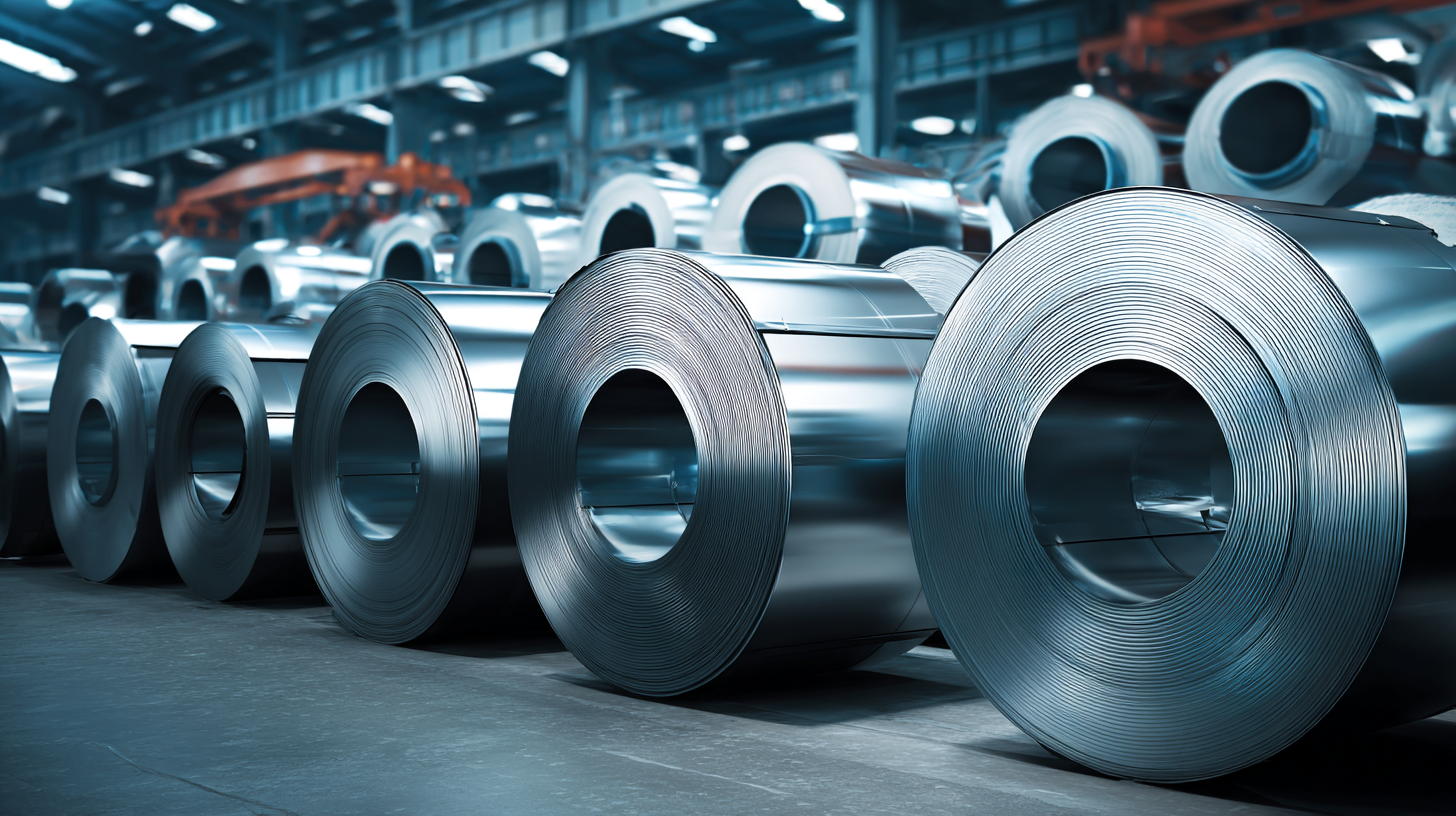
When sourcing carbon steel coils for industrial applications, adhering to industry standards is crucial for ensuring quality and performance. A thorough understanding of the specifications required for your specific industry will guide your selection process. Always request documentation from suppliers to verify compliance with relevant standards, such as ASTM or ISO. This includes certifications that attest to the chemical composition, mechanical properties, and any applicable testing protocols.
Quality assurance practices should also be integrated into your sourcing strategy. Establish relationships with reputable suppliers who consistently provide high-quality materials. Implement a robust inspection process upon delivery, focusing on key metrics such as thickness, width, and surface finish. It's advisable to conduct periodic audits of your suppliers to ensure they maintain the standards needed for your applications. By prioritizing these sourcing and quality assurance measures, you can significantly enhance the reliability and longevity of your carbon steel coils in demanding industrial environments.
